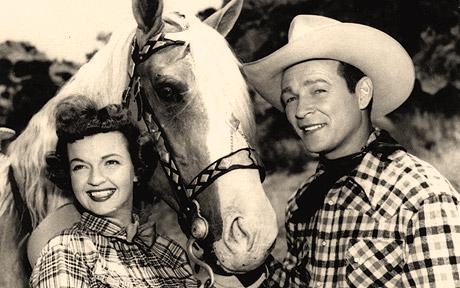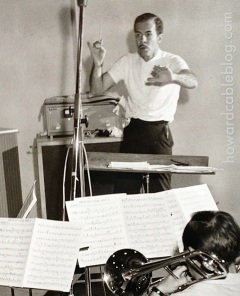One of my career highlights was working at Music Makers Inc., Mitch Leigh’s own radio and television commercial production house in New York. They employed a staff of composers, musicians and orchestrators. In 1965, I joined them as the studio conductor, and together we created jingles for hundreds of commercials.
From my office in the 57th Street building, I could often hear Mitch talking on the phone with Toronto’s “corned-beef king,” Sam Shopsowitz. They’d have long conversations, many of which included the request, “Hey Sam, send down some deli.” It seemed odd to me that Mitch was bringing in deli meats from Toronto, when he was just a few blocks from three of New York’s most famous delis. When I asked him about it, he told me Shopsy’s corned-beef was the best. Nothing in New York could match it.
That may be have been true, but for me personally, Sam and his sandwiches were special for another reason. Let me take you back a few years and I’ll explain.
Sam and his brother Izzy took over the family business – Shopsy’s Delicatessen – after the death of their father in 1945. They steadily expanded, and built it into a brand people loved and respected around the country. Their main store at Spadina and Dundas St. became a Canadian landmark, but Sam also set up a big booth at the CNE every summer. (Here’s where the connection begins.)
As you know, I was the music director for the CNE Grandstand Show from 1953 to 1968. Shopsy’s booth was located right beside the grandstand and I would pass it every day on the way to the stage. The booth’s clever location served not only to put him in view of thousands of hungry exhibition goers, but also put him near the grandstand performers. What many people don’t know is that, though he was immensely successful in business, Sam originally had no plan of following that path. He was a huge fan of theatre and the arts. He studied music and even played in a number of orchestras.

Sam “Shopsy” Shopsowitz with hatter Sammy Taft. 1950’s
City of Toronto Archives, Fonds 1257, Series 1057, Item 4423
Sam always told me he was a fan of my arranging and conducting skills, and made a point to attend all the Grandstand shows. He also spent a lot of time backstage, and enjoyed socializing with the big name acts when they came in. He loved every aspect of show business and formed many close friendships with the performers. He was also a man with a big heart. It was not uncommon for him to appear just after the finale with a huge tray of deli treats for the cast and crew.
One of Sam’s closest friends in the business was Mitch Leigh. They were so close that Sam helped back the original Man of LaMancha on Broadway. One day in 1965, I got a surprise call from Music Makers asking if I would come to New York for an interview. Apparently when Sam heard that Mitch was looking for a studio conductor, he recommended me! Getting that job started another chapter in my career.
(In the next post, I’ll talk more about the influence of the ad agencies in the making of the commercials.)
If you like this post, feel free to leave a comment below.








